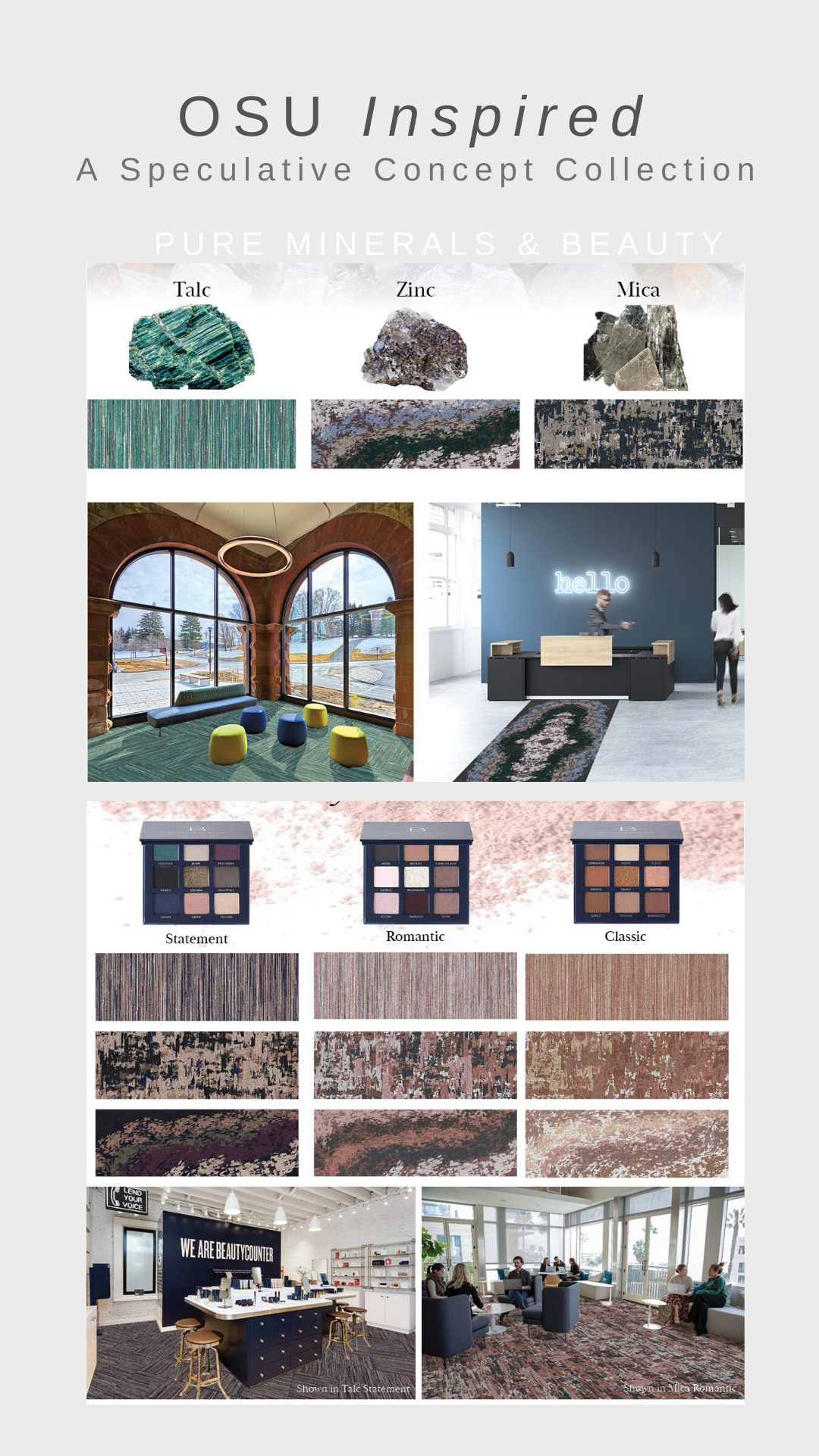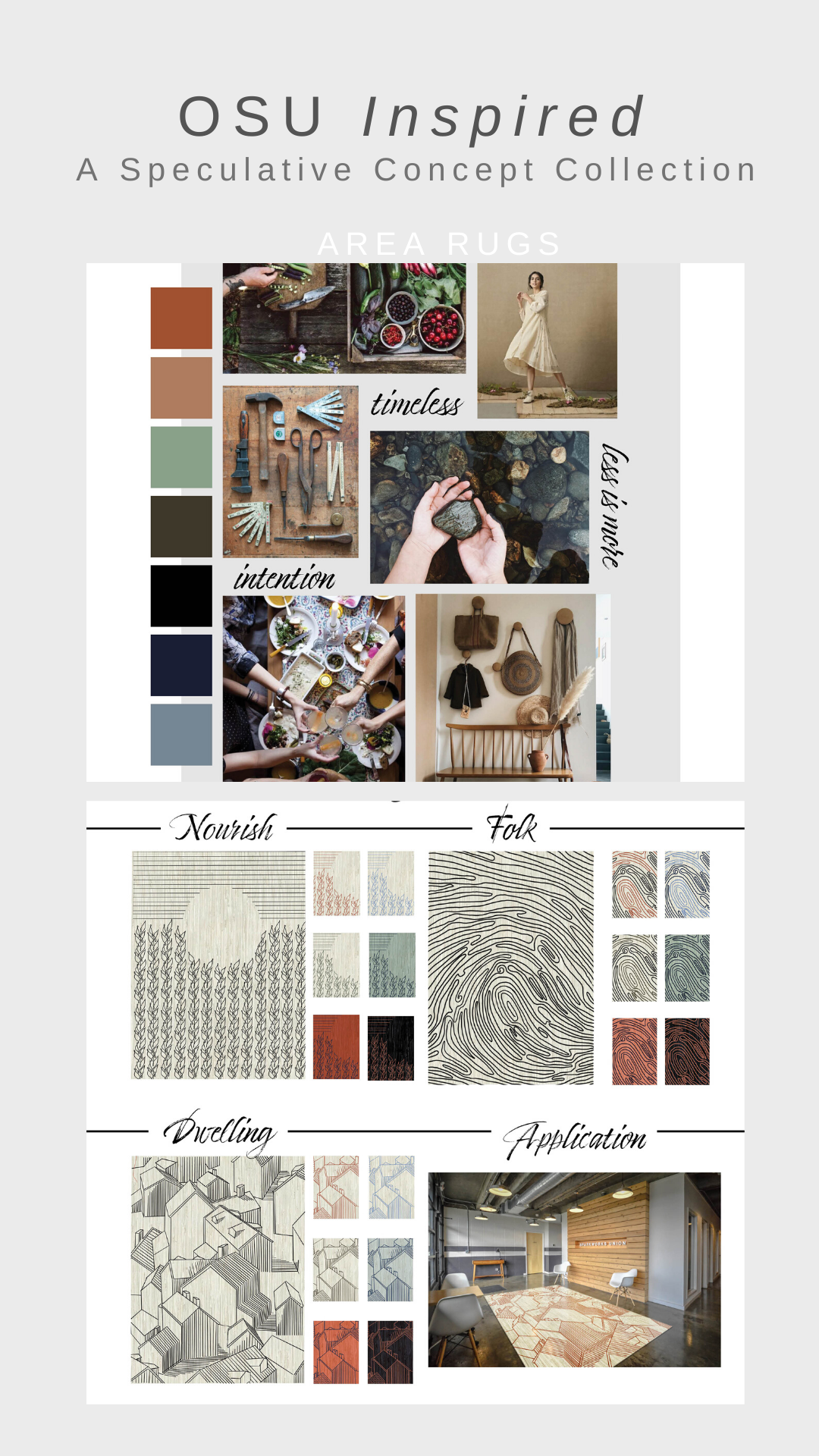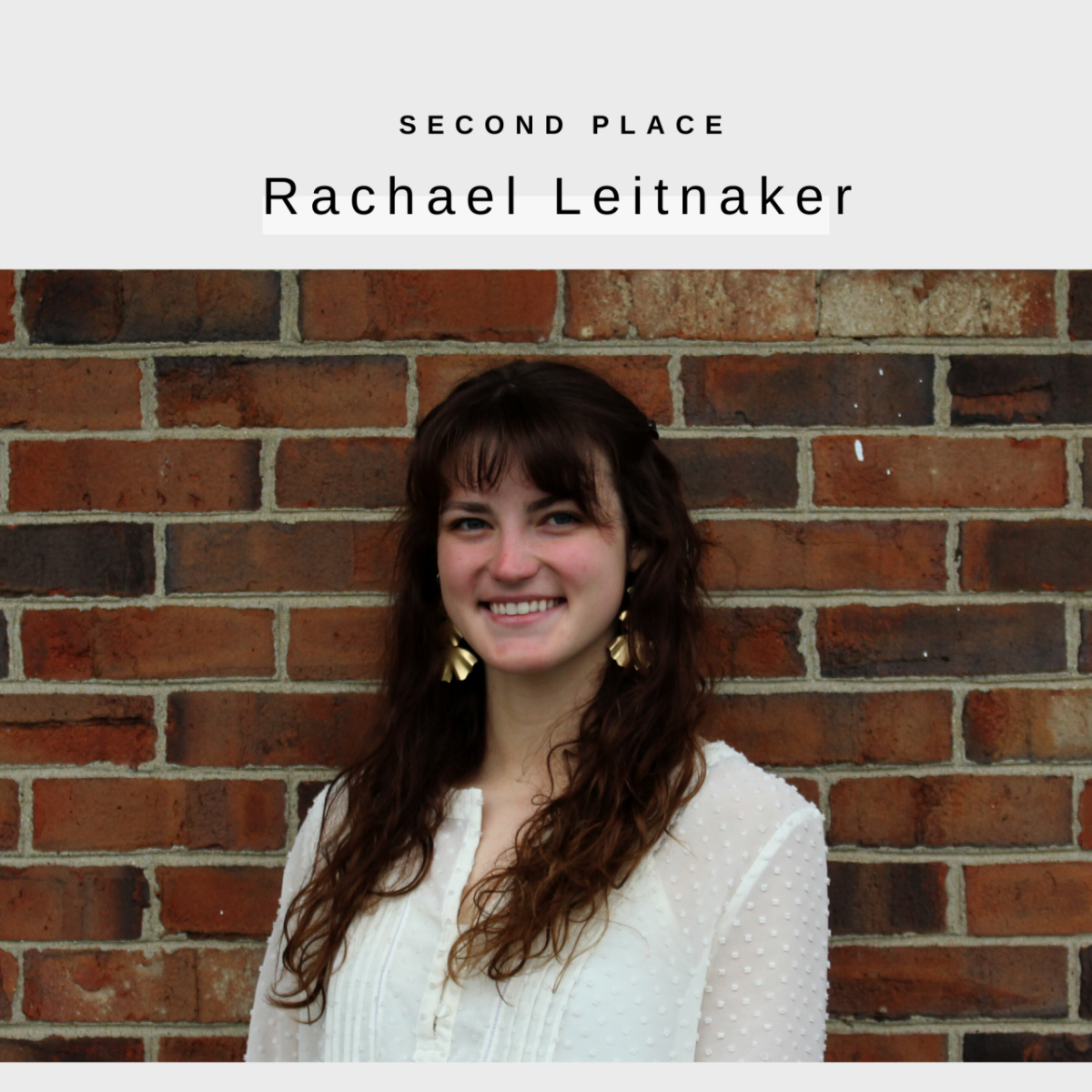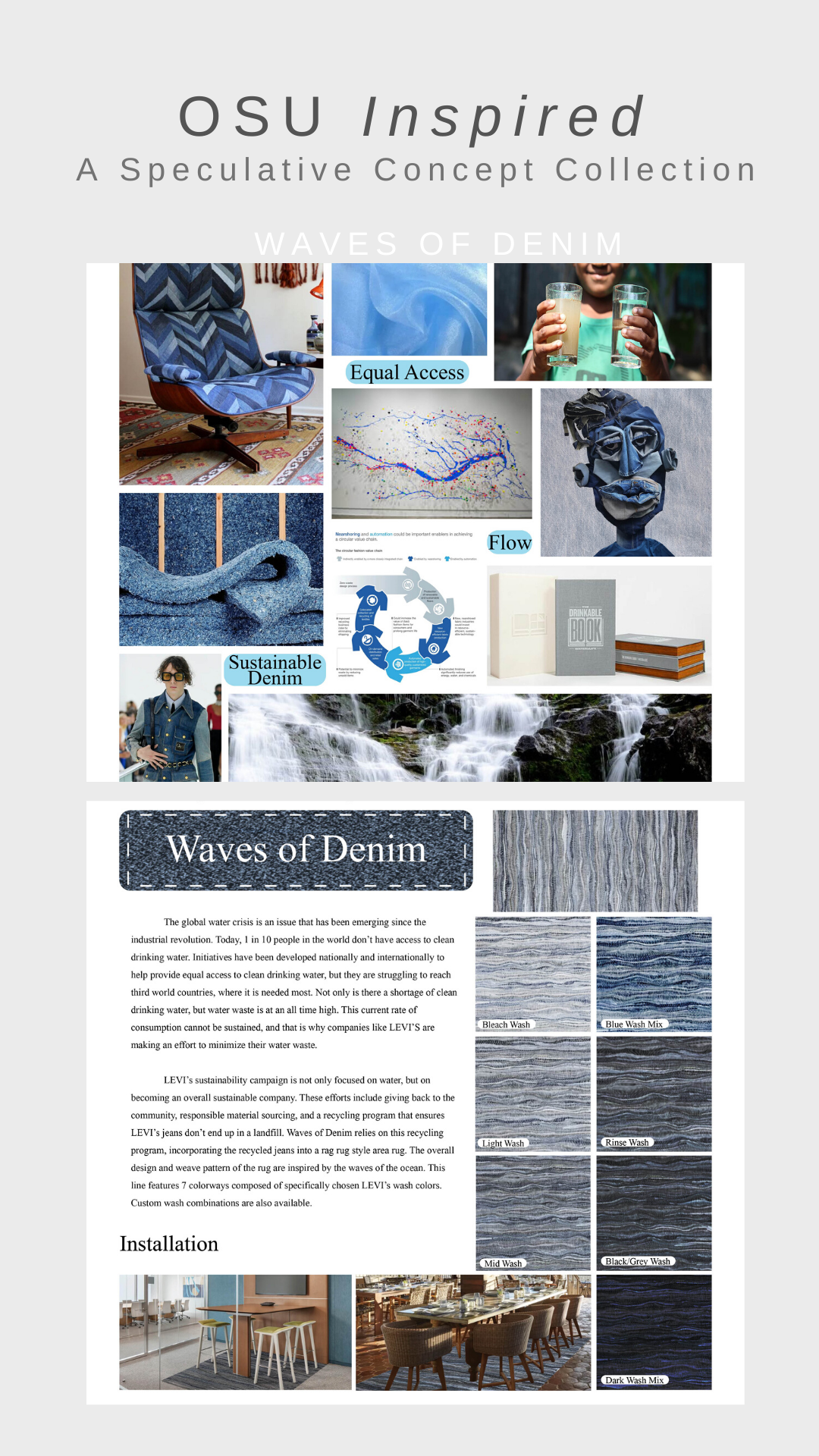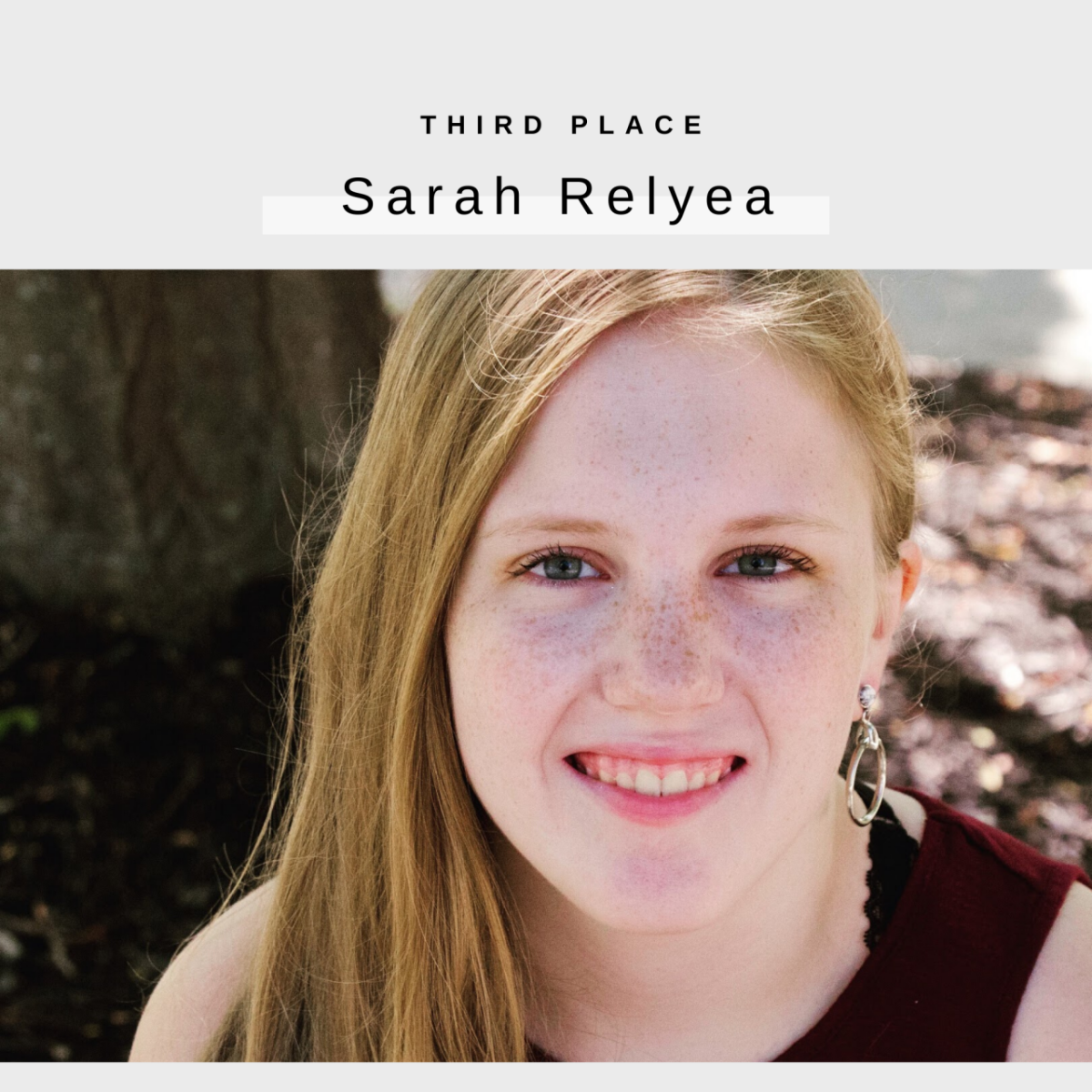Designing for the Future
Originally published by Mohawk Group
Mohawk believes that in order to create a more sustainable future, education of sustainability and textile design must go hand in hand by engaging designers of the future. In this spirit, a project was developed in partnership with Mohawk Group and The Ohio State University’s (OSU) Department of Design Professor Rebekah Matheny. Positioned within an introductory level Interior Finish Materials course, this project explores the design process and theoretical design concepts for a carpet that would mitigate waste. This project leverages Mohawk’s extensive knowledge and advancements within sustainable manufacturing and the circular economy and Matheny’s research in sustainable design to improve student outcomes.
This year’s collaboration was our third under the stewardship of Professor Matheny. Her class was exposed to Mohawk’s sustainability initiatives, product development techniques, and trend information. Exploring “Scrap Culture” – or how waste can inspire new design – and Mohawk’s ongoing Color + Design Vision concepts about designing for humanity, the project’s goal was to have students design a conceptual carpet product by researching cultural trends to create a vision statement and a trend visioning board that would guide their design project.
Building upon this vision for a more sustainable future, students designed a carpet and developed construction specifications to address the circular economy and manufacturing to support their position and align with Mohawk’s sustainability platform. Topics researched and explored by the students addressed fast fashion and over consumption, climate change, ethical design, and pollution from plastics to name a few from the winning projects.
The winning project, "Pure Essentials," was conceived and designed by Cathleen Gleason.
Concerned about healthy materials and packaging waste in the beauty and cosmetics industry, this project addresses sustainability and consumer retail challenges. Gleason’s design objective was to bring issues of material use, packaging and plastic waste to the surface by adding a third partner to the collaboration – a makeup company. Gleason made the connection between brands that share sustainability and transparency values. By integrating the design inspiration from makeup, she shows a strong understanding of the potential of organizations working together to tackle the greatest sustainability issues of our times.
Her design proposes that the packaging from the cosmetic industry can be turned into carpet backing, and therefore having a new “face” as a backing material. The pattern language she created was inspired by the minerals which comprise makeup, like talc, mica, and zinc. These were translated not only as pattern, but color and texture. The color selections, based on eye shadow palettes, make a direct connection from brand to consumer to imagining the product’s next journey as a carpet tile. Ideally, these would then get used in the retail shops of the makeup brand, to reinforce the brand’s sustainability initiatives.
The second place winner is Rachael Leitnaker, whose project “Back to Basics” highlights slow living through her crafted wool rugs made with natural dyes and highly sustainable wool production. The third place winner is Sarah Relyea, who designed area rugs made from discarded denim jeans, and proposed a collaboration with Levi’s that ties to water conservation in the denim dyeing process in her collection “Waves of Denim”.
Congrats to our three winners, and to all the students who participated. Mohawk is excited to see so much potential for emerging designers and to share our own sustainability vision with Generation Z as they design for the future.


